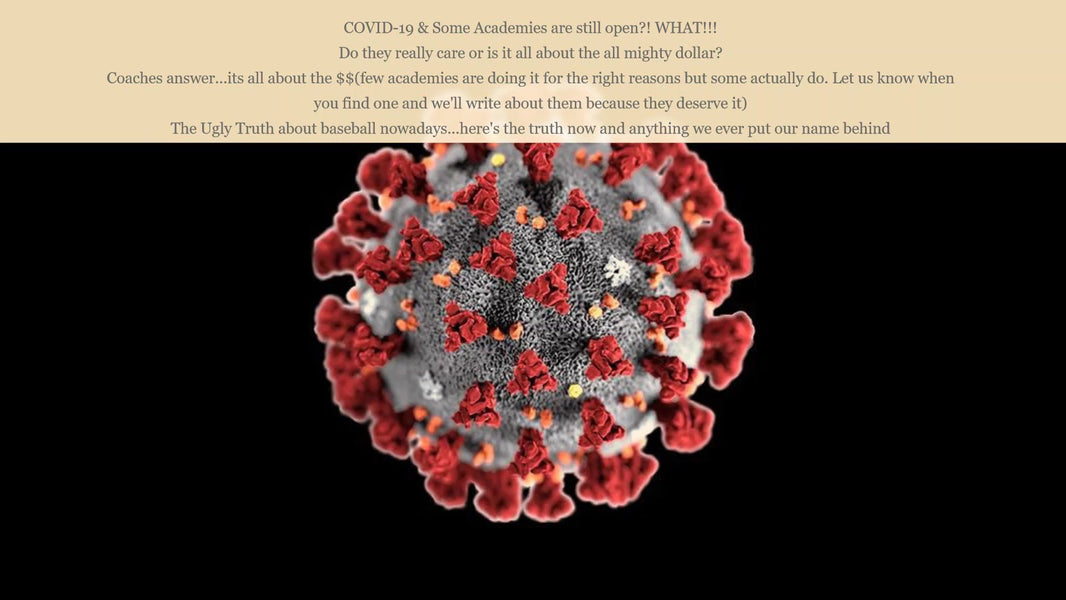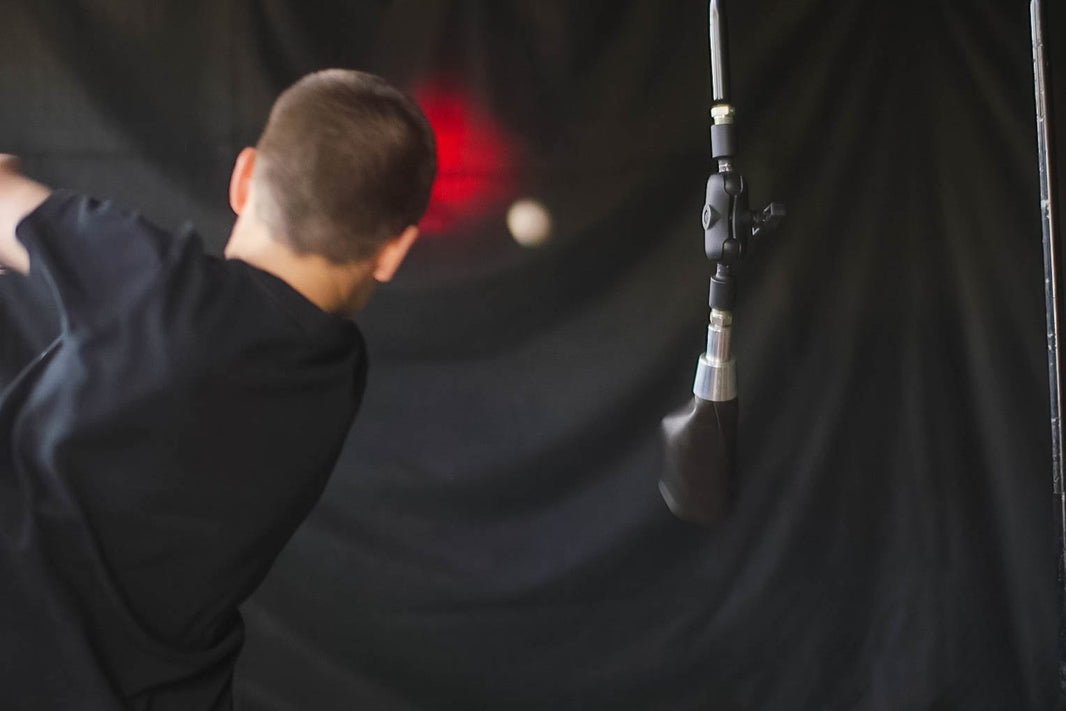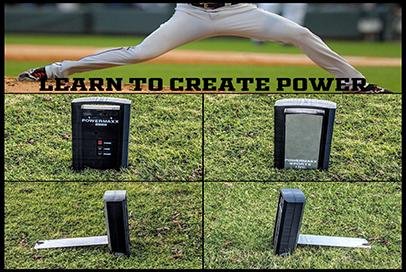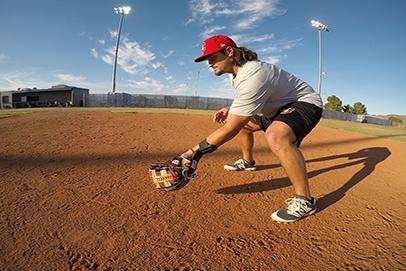My own son plays in a Dixie Youth baseball league that follows the optional rule of allowing kid pitch at the “Shirt & Cap” level – in other words, instead of facing pitching machines, our seven and eight year olds pitch to one another. In many ways, I think this is a boost to their overall skills; by the time they reach the 9-10 year old league, where most leagues being pitching these days, our kids seem to have a leg up in regards to both pitching and plate discipline. Of course, we do endure a lot of walks from young pitchers to get there…
But I digress. This article is about arm care, and making sure that you do all you can to prevent injury and maximize recovery. One of the very best players – and consequently, one of the very best pitchers – in our league last year began complaining of arm pain halfway through the season. Now, I understand that pitching is stressful on the arm, and youth pitchers are certainly using muscles which are probably not used to such exertion, but still, I worry about the fact that if a seven year old has already hurt himself, and little was done to remedy the situation, how long of a pitching career can he really hope to have? How many kids are there across the country who injure – or even permenantly damage – their arms due to lack of arm care?
Pitch count
First and foremost, keep an eye on the pitch count. Most youth leagues only allow pitchers to go for a certain number of innings per week, bt we all know that innings are a poor mesurement of a pitcher’s exertion; pitch count tells the true story. A pitcher can conceivably get out of an inning with only thre pitches (three ground ball outs in a row), or can labor for 25-30 pitches. Last year in our league, a typical inning for a pitcher would esily be fifteen to twenty pitches.
Following are pitch count recommendations from the American Sports Medicine Institute. It would be an excellent idea to keep a close eye on your pitchr’s pitch count, and follow these guidelines pretty closely. Note that tha ASMI reccomends no more than two games per week for any of these age groups.
| Age | Max Pitches per Game |
| 8-10 | 52 |
| 11-12 | 68 |
| 13-14 | 76 |
| 15-16 | 91 |
| 17-18 | 106 |
Furthermore, the ASMI gives some guidelines as to how much rest should be allowed between outings, depending on the pitch count amassed by the pitcher.
| Age | 1 Day Rest | 2 Days Rest | 3 Days Rest | 4 Days Rest |
| 8-10 | 21 | 34 | 43 | 51 |
| 11-12 | 27 | 35 | 55 | 58 |
| 13-14 | 30 | 36 | 56 | 70 |
| 15-16 | 25 | 38 | 62 | 77 |
| 17-18 | 27 | 45 | 62 | 89 |
These are recommended averages. For further details, please see http://www.asmi.org/SportsMed/youth/PITCHCNT.PDF (the complete ASMI research doc in pdf format).
Keep that arm warm!
In between innings, a pitcher’s arm temperature can cool rapidly, only to be asked to undergo the stress of pitching again once te muscles have contracted due to the cooling effect. This is why you see major league pitcher on television wear a jacket in between innings, even in the middle of summer.
Follow their example. If your pitcher will be pitching again, make sure that he keeps a jacket on – if only on the one arm. This will result in less soreness the next day, as well as a lower risk of injury.
Run boy, run!
As soon as your pitcher leaves the mound at the end of his outing, he needs to run several wind sprints. This helps bring much needed oxygen via incresed blood flow to those exerted muscles. It’s also an excellent idea to have a coach or another player help the pitcher stretch his arm and legs joints, to prevent them from tightening up.
Of course, in youth baseball, pitchers are usually among the best fielders on the team, so they will frequetly be placed at another defensive position when lifted, rather than sent to the dugout. In this case, have them run at the end of the inning.
Peas, please!
When the outing is over, we now want to cool that arm down – this stops the microbleeding in the muscle tissue of the arm. Of course, your park’s concession stand probably has plenty of ice, and will probably put it in a ziplock bag for you. But if not, a nice bag of frozen peas works perfectly; they stay cold for a good twenty miutes or so once applied, which is about optimal time for icing the arm, they contour themselves nicely to the shape of your player’s body, and they don’t melt. Put a “do not eat” label on them and reuse them game after game.
Do make sure to put a thin towel between the cold and the player’s skin.
Move it again.
Especially if you’ve iced down your muscles, you’ll need to restore blood flow. A nice jog or brisk walk will handle this for you.
Feed those muscles!
Make sure that your player gets a good high protein/high carb meal 1-2 hours after pitching. The body needs to repenish the used energy, and needs to tend to those exerted muscles. Bananas are an excellent choice, by the way.
Follow these guidelines, emphasize good mechanics while pitching, and you should minimize any chance for injury to your pitchers.











